Faux No
An ongoing ethical wardrobe dilemma, the realities of textile recycling, even more microplastics, and how Stella McCartney is pioneering bio-based fabrics
Have you ever heard the joke: “How do you know if someone’s vegan? Don’t worry they’ll tell you”? I feel like I’ve practiced huge restraint in not writing this until my sixth post but…I’m vegan (12 years and counting) and I love fashion and personal style. This feels like a big dichotomy in an industry that’s been built on animal products since I don’t wear leather, fur, feathers, or wool (even secondhand, even recycled) and removes me from the equation for many of the brands and designers that I’d love to wear. In full transparency, I have a few pieces of silk, but I’ve only bought this fabric preloved since I found out how silk is made.
It’s a challenge to find semi-sustainable options in categories that are typically made with leather and wool, like footwear, bags, sweaters, suiting, and outerwear. I run into the trade-off of buying synthetic fast fashion in a style that I like, or waiting for a responsible brand like Stella McCartney to pop up secondhand. Either way, I worry about end-of-life management since less than 1% of apparel fabric is said to be recycled into new clothing.
(For those of you not familiar with Stella McCartney, she’s a pioneer in ethical and sustainable fashion as the only luxury designer that has never used animal skins or feathers in her brand. Her parents Paul McCartney of the Beatles and photographer Linda McCartney, both dedicated animal rights advocates, inspired her cruelty-free lifestyle. Stella is a champion of next-gen fabrics, investing in plastic-free plant-based leather Mirum and an early adopter of Mylo, a leather alternative made from fungi. She was also the creative director at Chloe from 1997 - 2001. Does anyone remember Cameron Diaz’s iconic 1998 Oscars outfit? Stella for Chloe.)
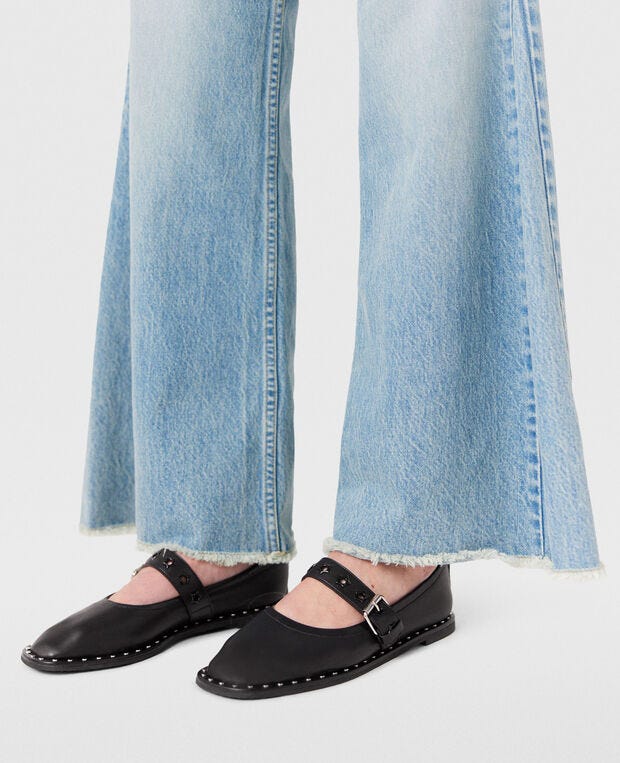
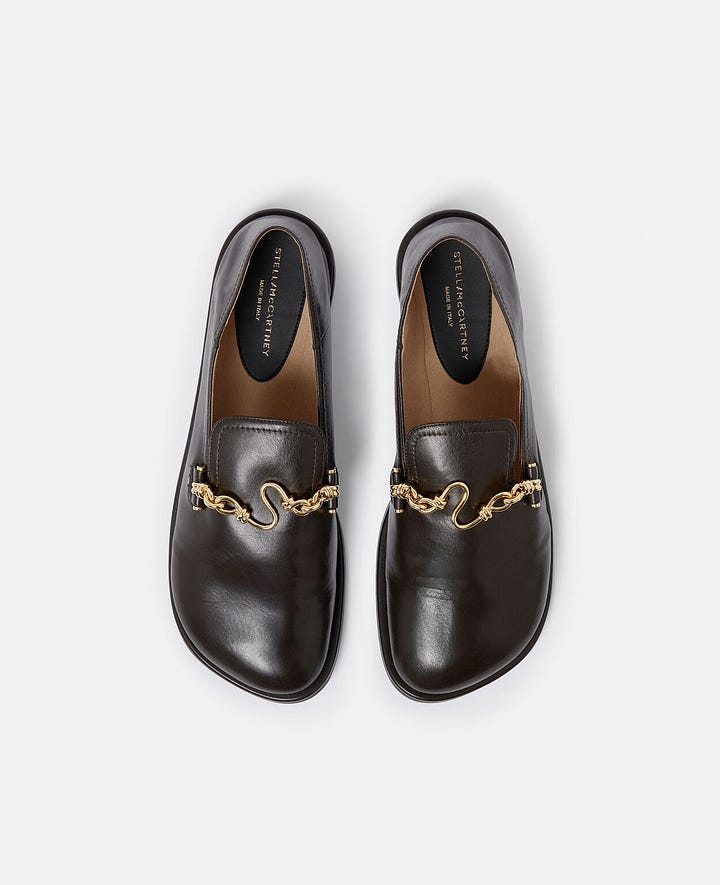
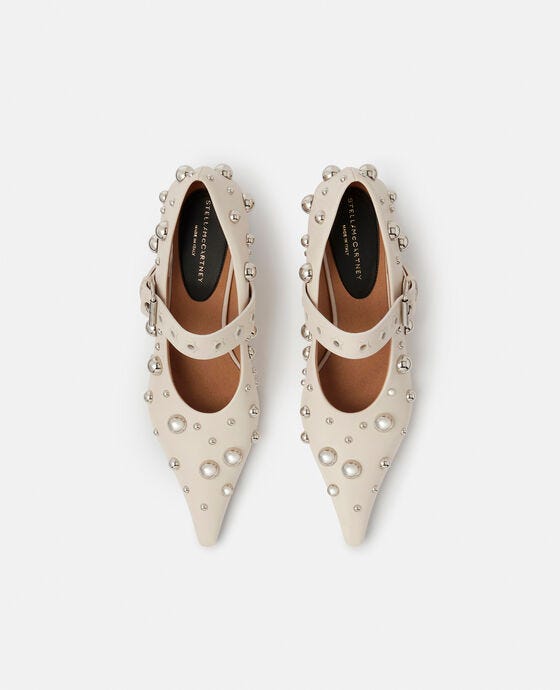
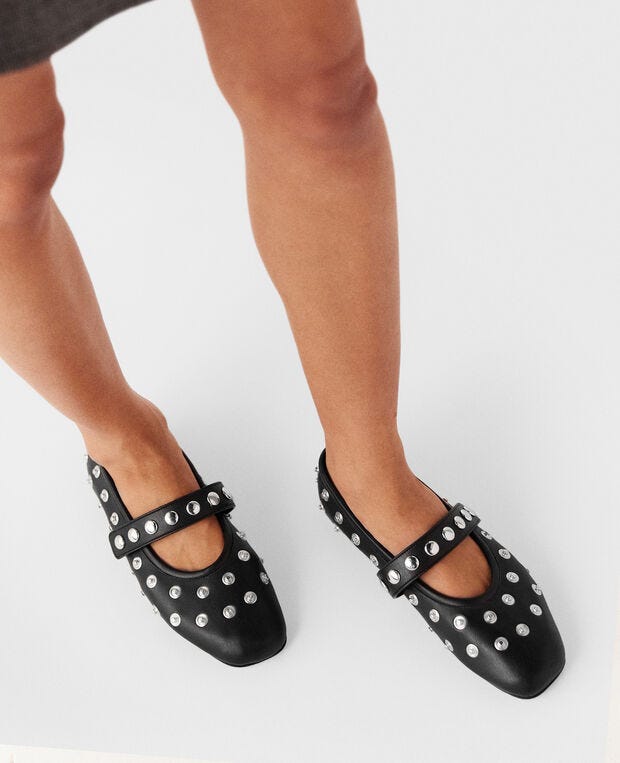
Tell Me More About Textile Recycling
I’m the first one to say that I love to wear faux leather, but in the past I only looked at this through a vegan lens instead of an environmentally responsible one. In my experience, lower-quality vegan leather tends to crack, flake, or peel over time (RIP to most of my faux leather from Zara that decided to peel beyond what’s acceptable to wear in public in the past year). While there are clothing take-back programs available, they come with a lot of questions around what’s really happening to close the loop. Case in point: multiple brands with recycling programs were found to be dumping, incinerating, or exporting their take-back textiles via an independent investigation by the Changing Markets Foundation that geo tracked donations using Apple AirTags.
The truth is that textiles are difficult to recycle, especially blended fabrics. Why? Because blends need to undergo a labor-intensive process to pull apart the different fibers in order to recycle fabrics separately. Not only is this tough with modern polyester-blend fabrics, but it also encompasses things like synthetic threads, labels, buttons, and hardware on garments that are otherwise 100% natural fibers. This is where mono materials - items completely composed of a single material, like 100% cotton - come in. They’re easier to recycle than blends, but come with their own set of issues: the quality of recycled mono material fabrics can be poor and needs to be strengthened with other fibers, reducing its true circularity. There’s so much more nuance that goes into apparel recycling, but hopefully this gives you high-level context into the complexities of the current circular system.
There’s some light at the end of the tunnel with scientists proposing a chemical form of recycling that’s capable of dissolving fibers into molecules that can be repurposed into new materials. Textile recycling startups are also working to solve fashion’s waste problem: Bloom Labs is piloting a recycling program that turns animal protein fibers into a polyester-like material with the long-range goal of replacing microplastic-shedding synthetics and Evrnu launched a circular hoodie made from its recycled fabrics complete with recycling instructions on the care tag. For now, I’m hanging onto my degraded faux leathers until there’s a proven circular solution available.
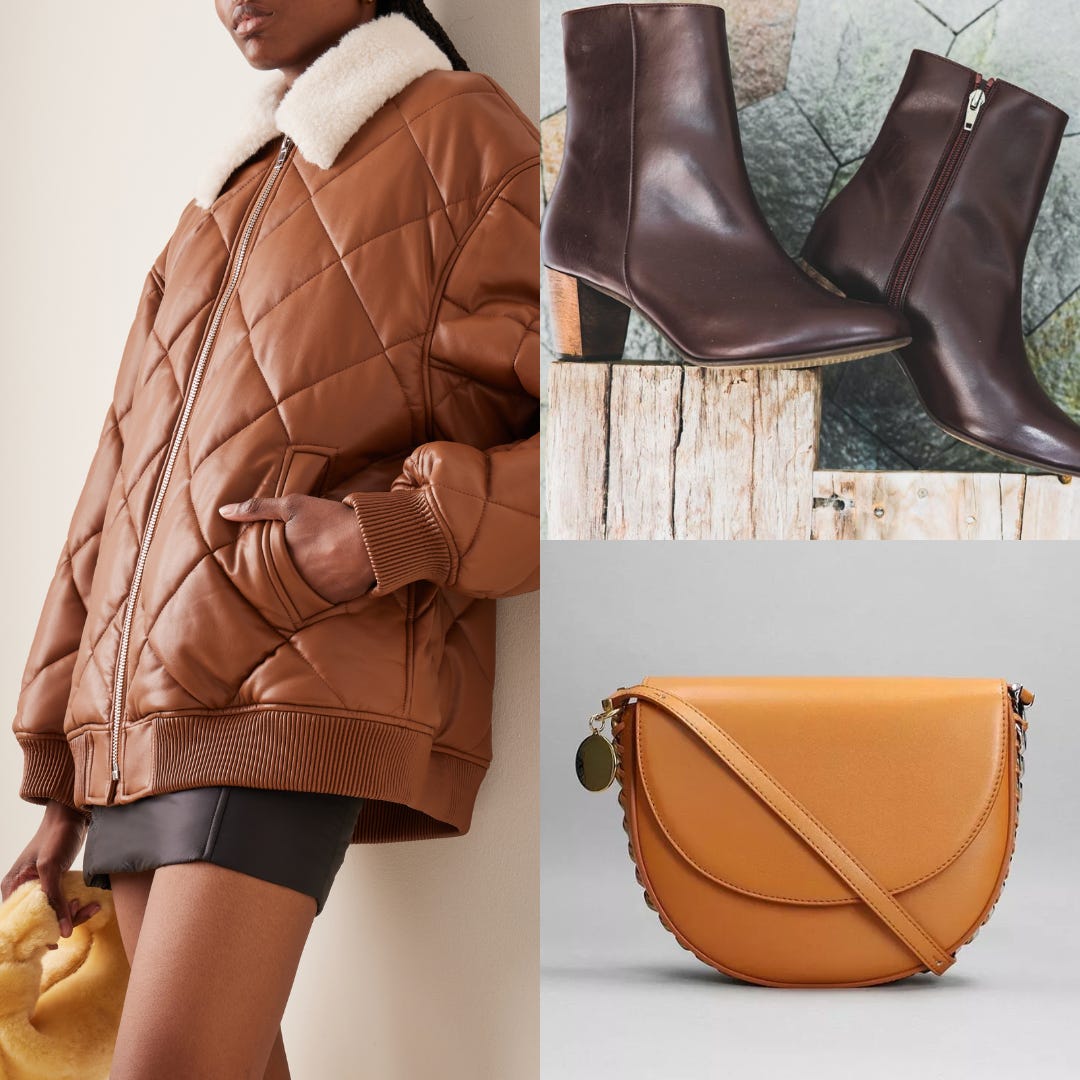
But the Microplastics (Again)
I recently wrote about activewear’s microplastic problem here and how plastics are dominating textiles production here. It’s something that’s been nagging at me even more as I’m seeing leather, suede, and wool all over my socials knowing that the vegan alternatives are mostly oil-based synthetics that contribute to this growing environmental and health issue. I don’t see myself going back to wearing leather, even secondhand, although I applaud anyone that shops this preloved. But I’ve been thinking a lot about secondhand wool lately.
Firsthand wool can be dicey from an ethical perspective - I won’t link to anything here so you can explore this topic on your own, but it’s important to share that many animals aren’t raised in ethical living conditions and are sheared for profit, which means the focus isn’t on humane practices. Even Stella McCartney had to cut ties with one of the ranches the brand sourced for sustainable wool since they didn’t treat their sheep humanely. This is before even looking at the environmental implications of raising sheep for their wool, which includes land degradation, water loss, biodiversity decline, and high levels of greenhouse gases.
At the same time, the microplastics generated by polyester and other synthetic fabrics feel like an overwhelming obstacle as we wait for plant-based textiles to become more widely available. While there are some things that you can do to reduce microfiber shed when you wash your clothes, shedding happens at every stage in the life of a garment, from production to wearing to washing to disposal. The logical solution points to shopping wool secondhand (bonus points if it’s recycled and secondhand), but I struggle with buying something that might have caused an animal to suffer, even indirectly.
I’m not sure what the right answer is for me yet, but I’m starting to lean towards secondhand wool to help cut down on the microplastic problem. What I keep coming back to is this: I haven’t bought wool for almost 10 years and it’s hard to move past the moral connection after such a long abstinence. Is anyone else working through the same conundrum? If so, have you come to a decision that aligns with your cruelty-free and sustainable values? I’d love to hear how you’re approaching this in the comments.
Next-Gen Fabrics
The promising news: there are several startups working on plant-based biomaterial alternatives to animal textiles. I shared some leather alternative fabrics above and am tacking on with a few non-leather options that I’m also excited about below:
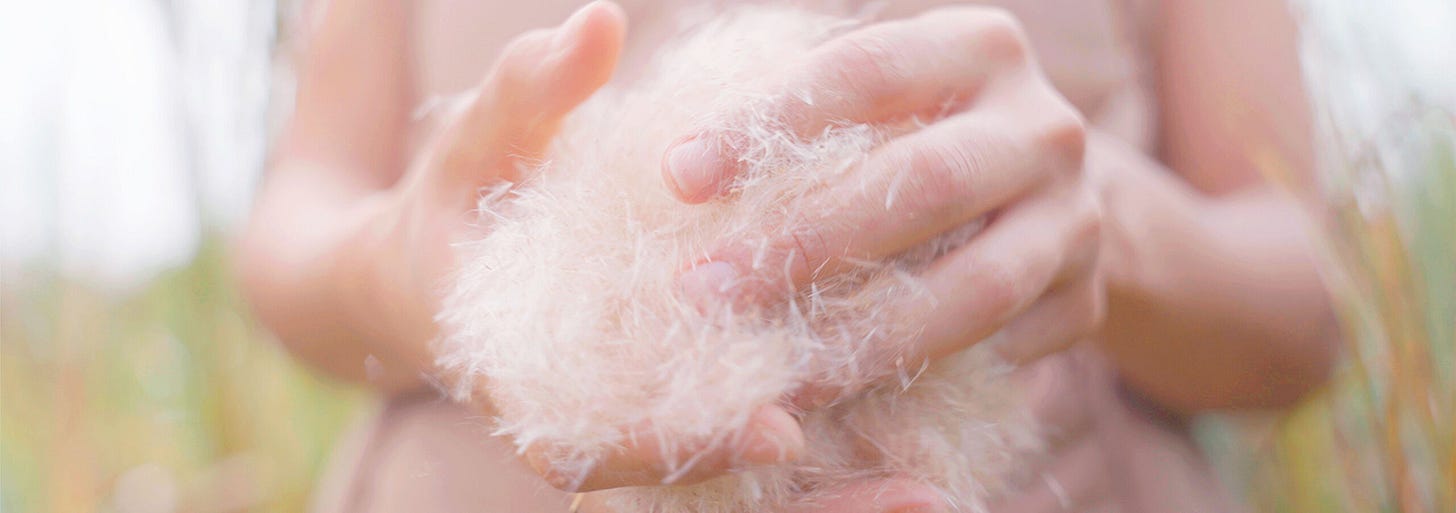
Savian by Bio-Fluff: The first plastic-free and plant-based fur substitute made from nettle, hemp, and flax. Brand partners: Stella McCartney, Ganni
BioPuff by Ponda: A down alternative produced from bulrushes harvested from regenerative wetlands. Brand partners: Stella McCartney, Melina Bucher, Panther Denim
Kelsun by Keel Labs: A yarn alternative made from regenerative kelp, which actively sequesters CO2 in the ocean. I’m especially excited about seaweed as a bio-based material since it has so many applications across beauty and single-use plastic packaging in addition to apparel. Brand partners: Stella McCartney, Outerknown, climate activist Aditi Mayer
Thanks for reading! I’d love to know if you have any questions or thoughts around secondhand animal-based textiles or next-gen fabric innovations. See you next week!


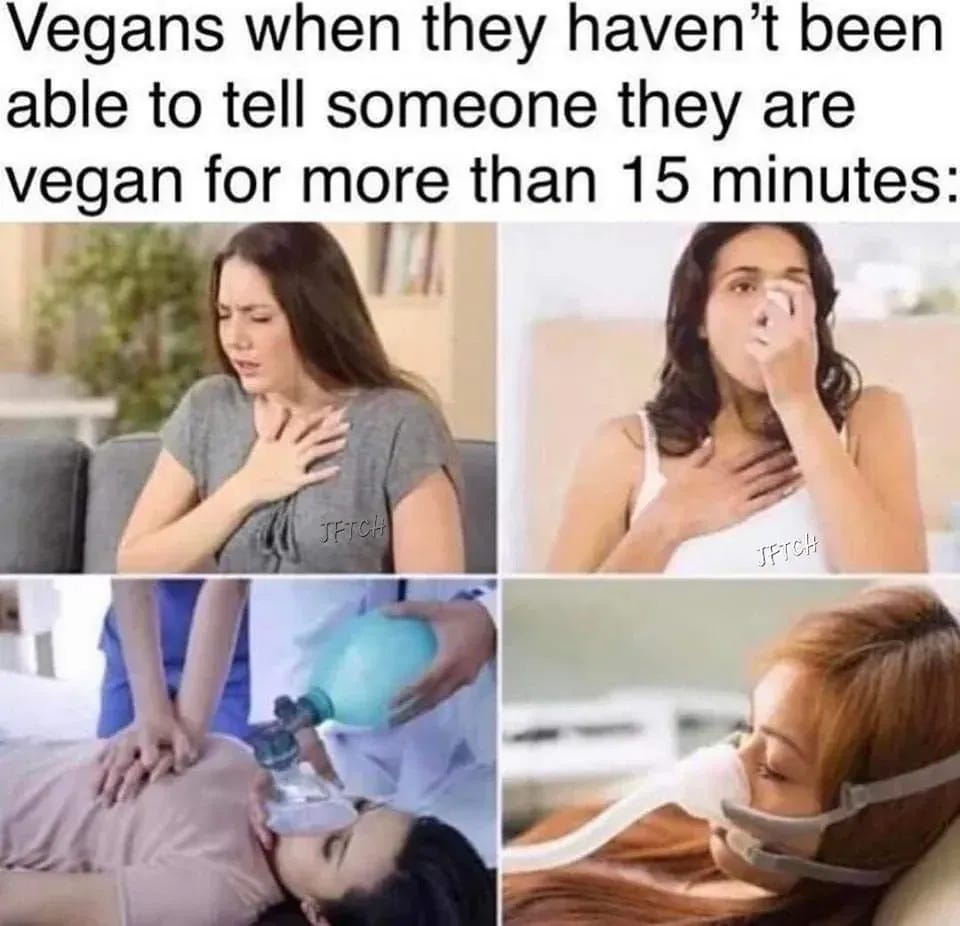
So much great research. I love that every one of your decisions and opinions are researched and that you are always open to learning.
It’s encouraging to hear about the strides being made for fabric recycling and plant based textiles, thank you!